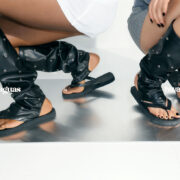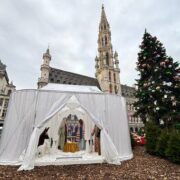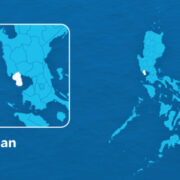Donald Duck on Christmas Eve a ‘serious tradition’ in Sweden
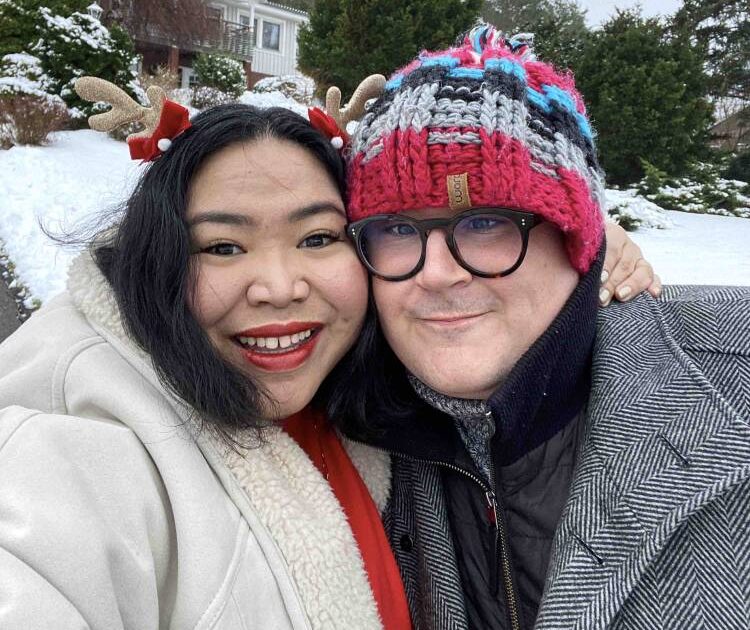
When I moved to Sweden a couple of years ago, people warned me of winter—not the snow, snow is wonderful, but of the darkness. Coming from Manila where summer is forever, it was disorienting going through the gloomy winter in Gothenburg, where it can get pitch black at 3 p.m.
I was ready to get super homesick during my first holiday away from my family, but apparently, I married a Christmas maximalist. My Swedish husband Martin loves Christmas so much that when he got our unit, he was already planning how to have the tree on the balcony—in May.
On holidays, our home becomes a foil to the minimalist Scandinavian aesthetic. There are adventsljusstake lamps on all windows and wreaths on walls. Instead of a parol, we have a giant julstjärna star, which doubled as a headpiece for a holiday mingle I joined at work (I won a prize, and I also missed Pinoy pageants).
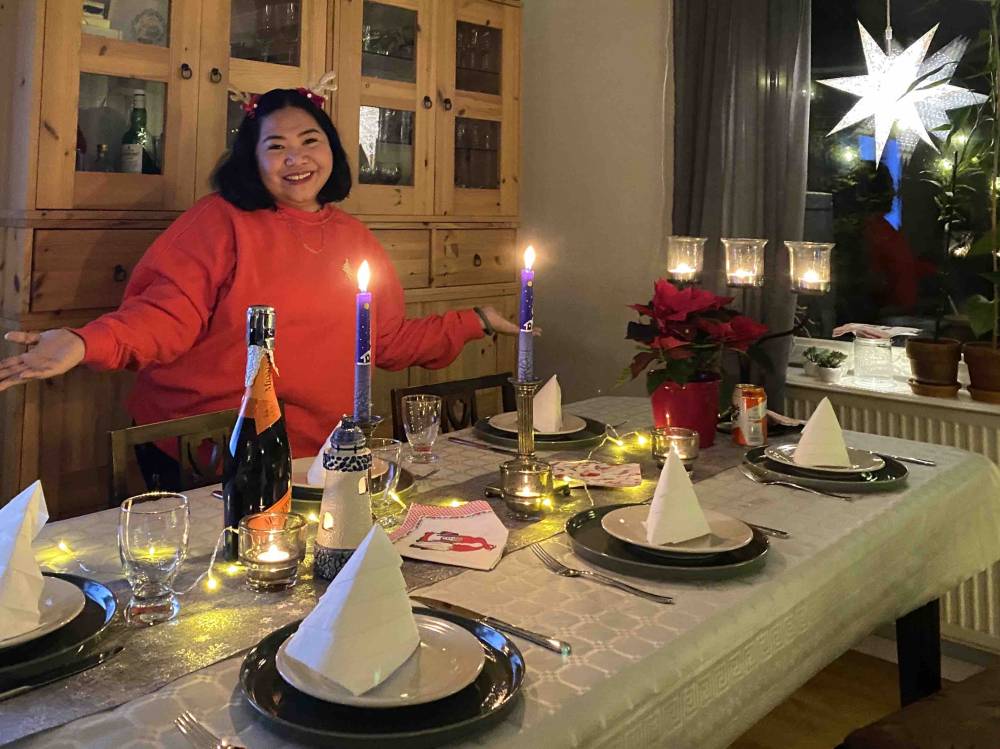
Fika or coffee time is a social activity that happens more often around Christmas in Sweden. But, of course, I miss the endless Christmas parties and raffle draws in the Philippines. I long for catch-ups with friends and reunions. I miss giving presents to both loved ones and the people in my community. Here in Sweden, giving pasalubong isn’t even a thing, so it would be very weird to give a Christmas gift to, say, your barber.
Another thing I really miss the most? The Christmas bonus.
So, despite the darkness, I established my “Jul” traditions in Sweden to avoid homesickness.
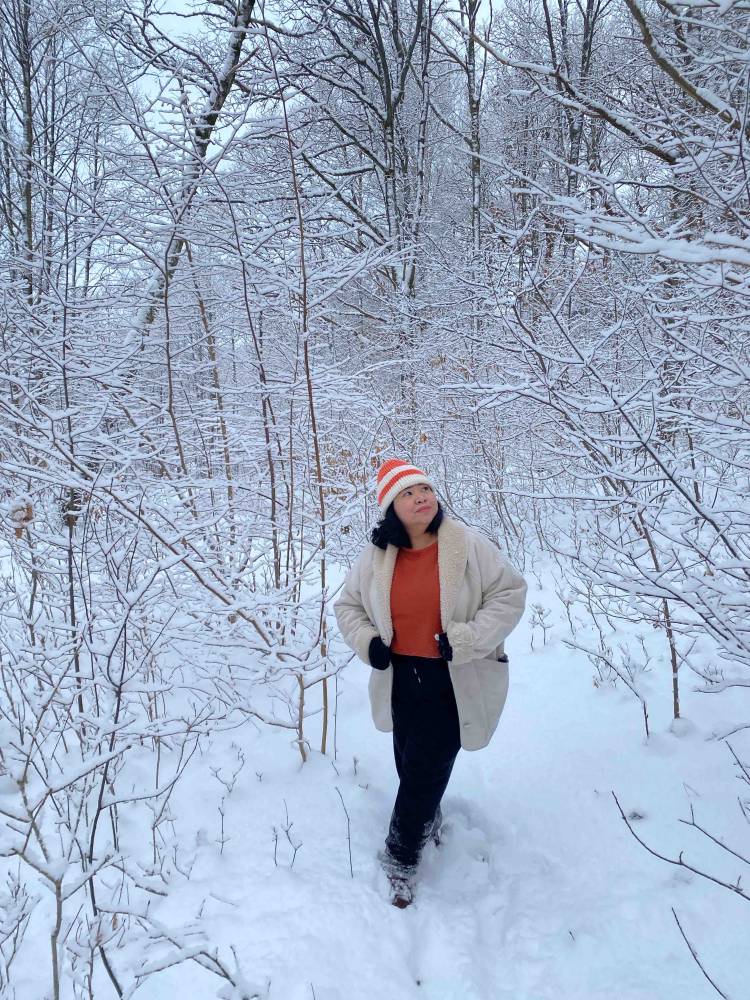
Dec. 13 is St. Lucia Day marked with songs and a parade led by a chosen Lucia, the light bearer. I saw my first Lucia parade at the school where I was taking Swedish classes. The parade usually ends with a fika of gingerbread biscuits, lussekatter saffron buns, and glögg mulled wine (also in alcohol-free variants). Most companies and cities also hold Lucia events.
‘Kalle Anka’
Julafton or Christmas Eve in Sweden starts at 3 p.m. of Dec. 24, with families watching “Kalle Anka,” a legacy Disney show actually titled “Kalle Anka och hans vänner önskar God Jul” (Donald Duck and His Friends Wish You a Merry Christmas).
It’s a montage of vintage Disney animation, with clips of some upcoming Disney movies. It’s the same show every year since the ‘50s hosted by Jiminy Cricket, who closes the show by singing “When You Wish Upon a Star.” There are no ads, since “Kalle Anka” is broadcast on the national channel SVT1.
I thought Martin, then my boyfriend, was joking when he told me about the Donald Duck event, but I saw just how serious the “Kalle Anka” tradition was myself. I’ve heard viewership has been going down over the years, and I hope it gets more attention from younger people.
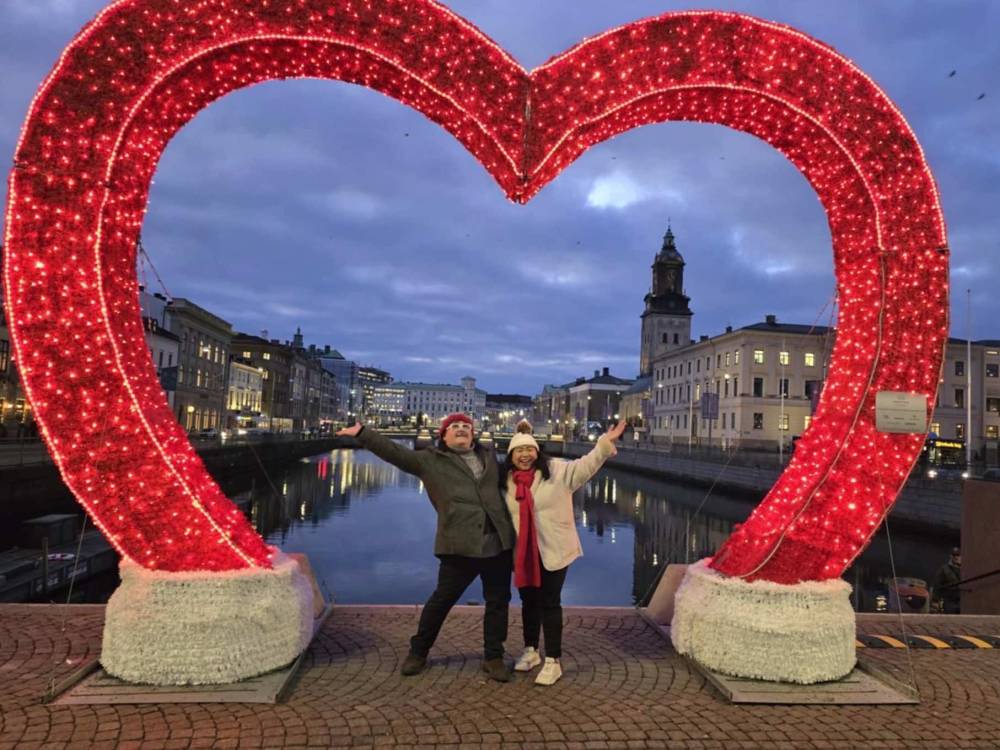
After the “Kalle Anka,” my Swedish family and I would have a julbord buffet of whole baked ham, meatballs (of course!), gratin, cheeses, and sweets. A Santa would then distribute gifts until everyone has gone through the pile.
If one kept an Advent calendar, usually a box with 24 windows to mark off the days leading up to Christmas, this would be the time to open the last surprise. I received my first ever Advent calendar from Martin’s parents, and it was a brilliant supply of beauty stuff for the rest of the year. Advent calendars also come as a TV show, store deals, even offers on apps. Some also make DIY Advent calendars.
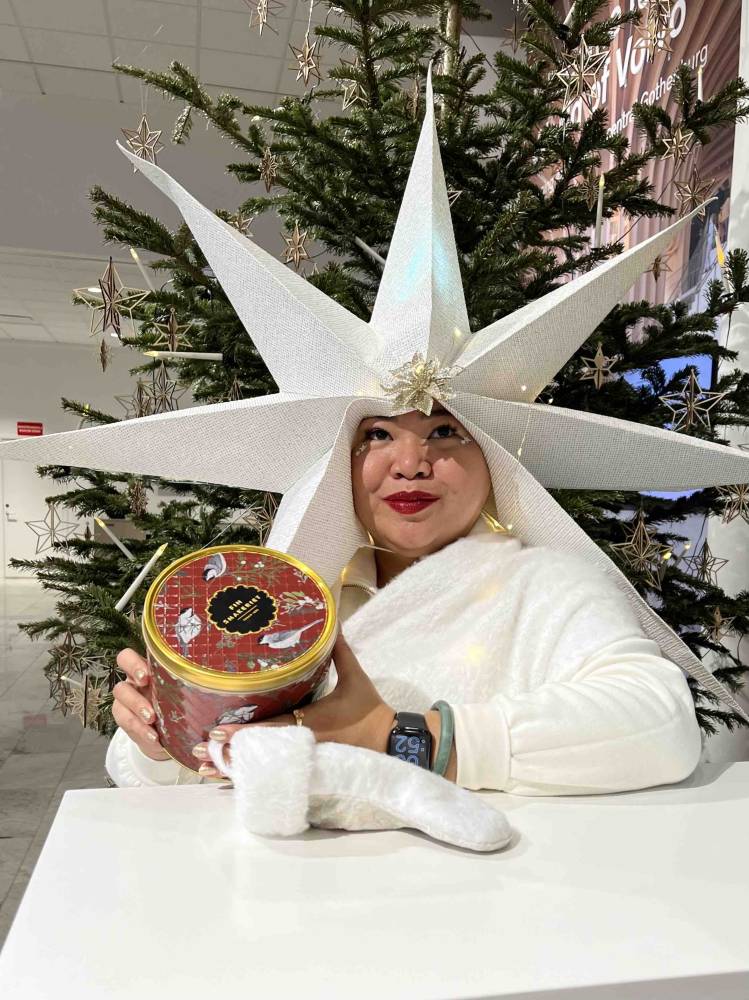
Dec. 26 is a national holiday literally called “Another Day of Christmas,” marked with lots of sales like Boxing Day in the United Kingdom.
I am looking forward to the “Kalle Anka” with the family in Sweden this year, and for the first time since moving to Sweden, I will be spending New Year’s Eve with my family in Manila. In the past New Year’s Eve, I made sure there were round fruits for prosperity on my kitchen table in Gothenburg. Now it will be time to have it back home, with some lechon.

